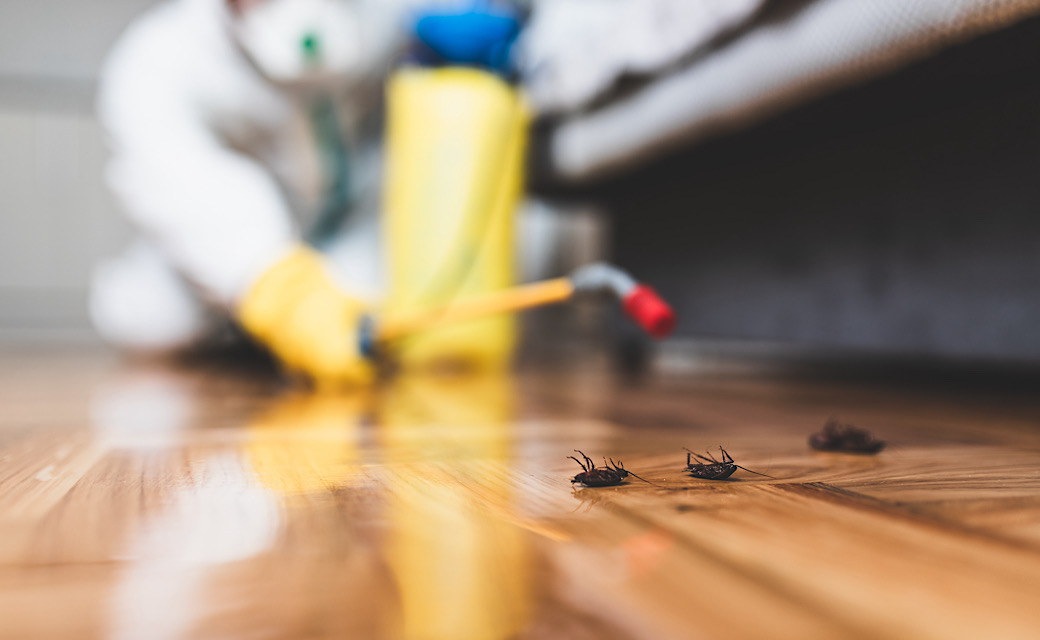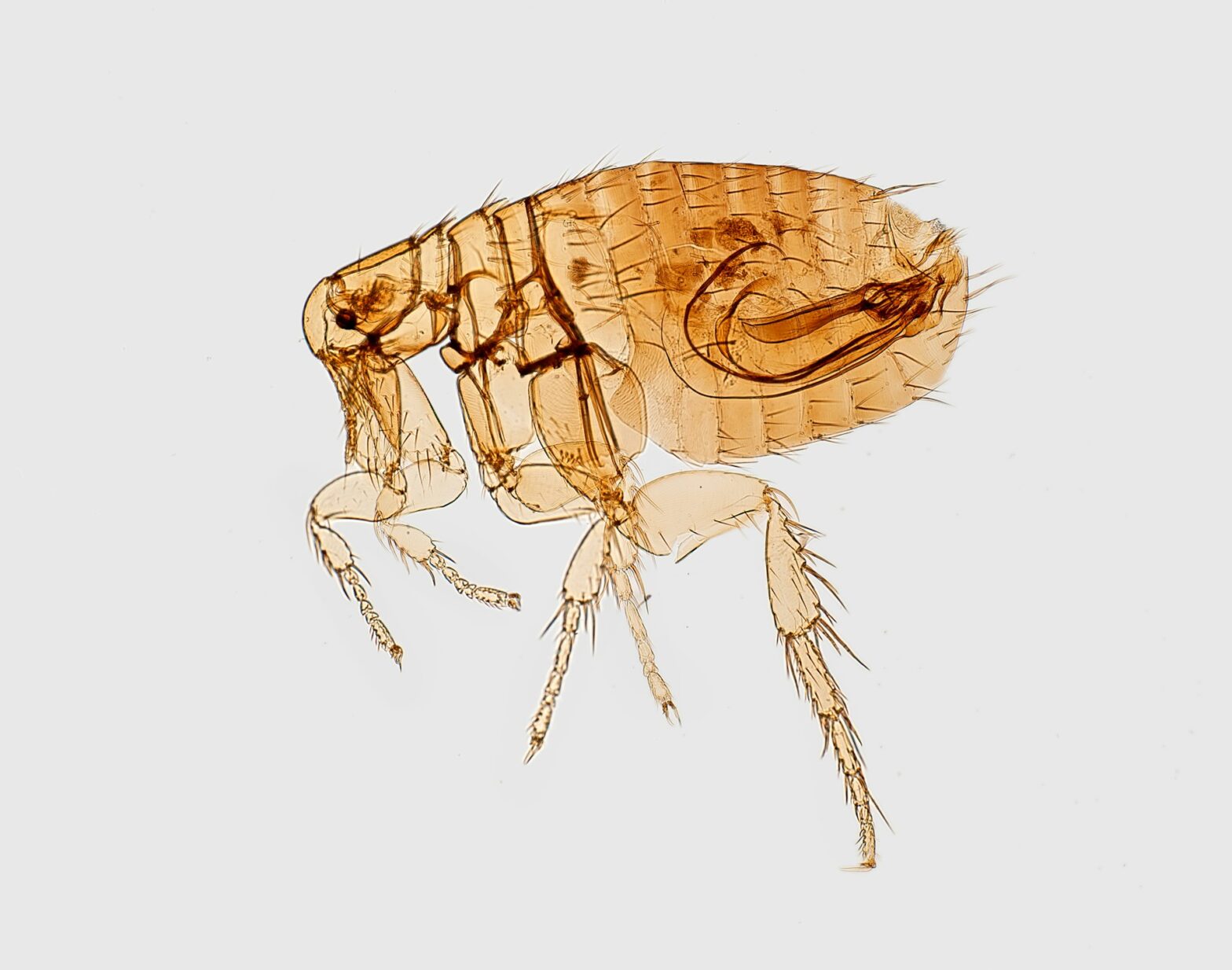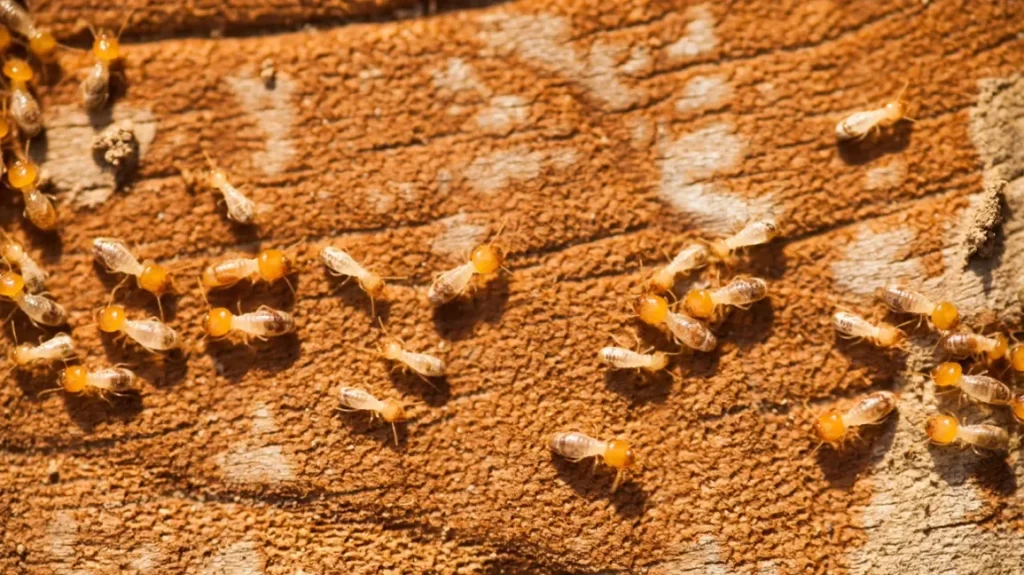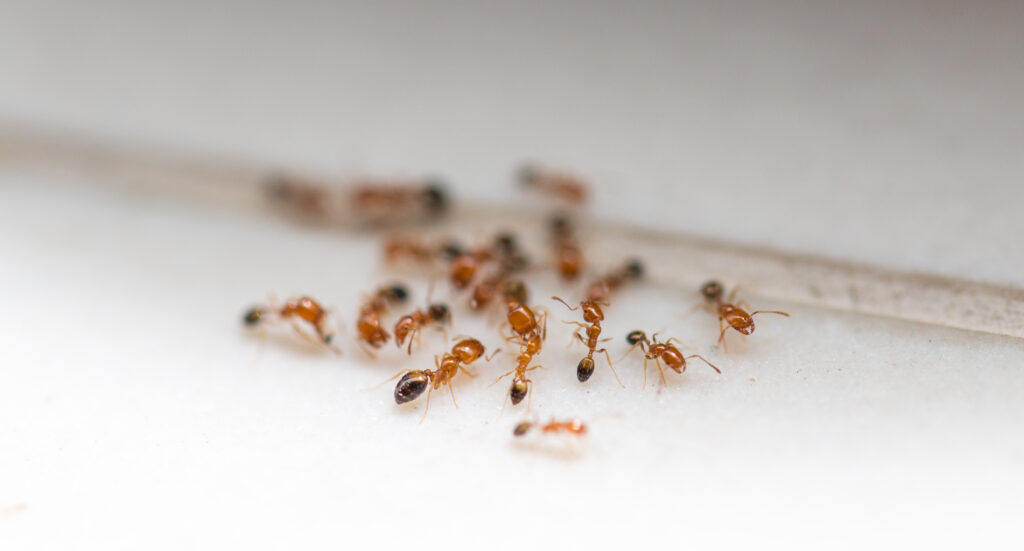Implementing these residential pest control practices as part of your routine can dramatically reduce the need for professional treatments later on.

Clean Up Food Sources
Pests, whether they’re insects or wildlife, come inside for one main reason: food. They need it just like we do. The difference? What counts as a “meal” for them might surprise you.
Pet food, for example, is a feast for ants. Those breadcrumbs on your counter? Dinner for many small insects. So, make sure to store food in airtight containers and wipe down counters after each meal. Food particles that you might not even notice at all can feed an entire colony of pests. This is why you should pay close attention to sticky spills from juice, honey, or syrup.
Also, don’t forget to take out your trash after a few days. A garbage can with fruit peels or meat scraps becomes a bug magnet overnight.
Finally, you should never leave dirty dishes in the sink overnight. The food residue attracts roaches, which are most active after dark. Even soaking dishes can create problems if the water contains food particles.
Control Moisture Around Your Home
Water is like a welcome sign for many common household pests. Without moisture, they can’t survive long.
So, what this means is that if you have leaky pipes, fix them immediately. That small drip under your sink creates perfect conditions for roaches and silverfish. Check under sinks monthly for signs of moisture or leaks.
You may even want to use a dehumidifier in damp areas around your home like basements. Keeping humidity levels below 50% makes your home much less appealing to moisture-loving pests.
For the same reason, you shouldn’t let water collect around your home’s foundation. Direct water away from your house using downspouts, and fix any areas where water pools after rain.
Don’t forget to empty standing water from flower pots, bird baths, and other outdoor containers whenever you can. This breaks the mosquito breeding cycle, as they need standing water to reproduce.
Keep gutters clean and flowing properly. Clogged gutters create pooled water that attracts insects and can lead to water damage that creates entry points for pests.
Seal Entry Points
Bugs can’t bother you if they can’t get in. Most insects need only the tiniest gap to enter your home. So, make sure that you check the window screens for holes and repair them. Even small tears provide entry for mosquitoes and flies. Replace worn weatherstripping around doors and windows as soon as you find it.
You should also seal cracks in your foundation with appropriate caulking. What looks like a harmless hairline crack to you appears as a highway entrance to ants and other crawling insects.
Consider installing door sweeps on exterior doors as well. The gap between your door and threshold might seem insignificant, but it’s plenty big for most household pests.
Often overlooked are the places where pipes and wires enter your home and seal gaps around them. These utility entrances often provide access points that homeowners overlook.
Don’t forget about your roof and chimney, too. Insects can enter through damaged roof areas or an uncapped chimney, then find their way into your living spaces.
Yard Maintenance
Your outdoor space acts as the first line of defense against pests entering your home.
Follow these tips to keep your yard tidy:
- Keep firewood stored away from your house. Stacked wood makes an ideal home for many insects, including termites. When they live in your woodpile, your house becomes their next target.
- Trim bushes and trees away from your home. Branches that touch your house create bridges for ants and other crawling insects to reach your walls and roof.
- Don’t let grass grow too tall. Overgrown lawns provide shelter for many insects that might eventually make their way indoors. Regular mowing reduces their habitat.
- Remove yard debris immediately. Piles of leaves, grass clippings, or brush create perfect hiding spots for pests.
- Consider what you plant near your home. Some plants attract beneficial insects that prey on pests, while others might draw unwanted bugs closer to your foundation.
Know When to Call Professionals
Despite your best efforts, some situations require professional pest control.
If you spot signs of termites, call for help immediately. The longer you wait, the more damage these wood-destroyers cause. Likewise, when you see large numbers of the same insect, it often signals a growing problem. A few ants might be stragglers, but a line of them suggests a colony nearby.
Recurring problems, despite your prevention efforts, might also indicate hidden pest issues that require professional attention.
By making these simple lifestyle changes part of your routine, you’ll create an environment that’s far less appealing to unwanted six-legged visitors. These habits create a cleaner, healthier home for you and your family.





